There are many species of extinct birds, from prehistoric giants who went extinct 65 million years ago to tiny Hawaiian honeycreepers now facing extinction. But which was the biggest to ever set feather on planet Earth? Read on to discover the largest extinct bird ever, including exactly how large it was and if anything dared to prey on it.
What Is The Largest Extinct Bird?
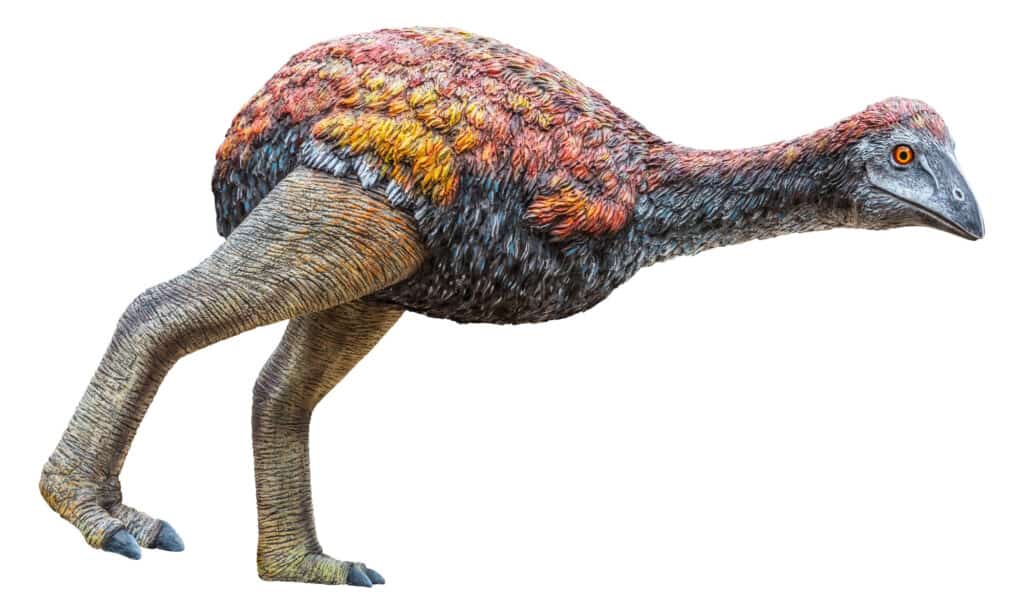
Vorombe titan is the largest extinct bird, and it was over nine feet tall and weighed five ostriches.
©YuRi Photolife/Shutterstock.com
Vorombe titan is the largest extinct bird and the largest member of the extinct Aepyornithidae family of large flightless birds.
It was the largest bird that ever lived and is sometimes called the elephant bird due to its gigantic size. Vorombe titan was first described in 1894 but was called the Aepyornis titan then. In 2018 scientists discovered it was a species in its own right and created a new genus, ‘vorombe.’
Vorombe titans were around the same height as today’s ostrich, but they were five times the weight!
How Big Was Vorombe Titan?
The largest skeleton measured was 9.8 feet (3 meters) tall and was thought to weigh 1182 to 1614 pounds (536 to 732 kilograms).
It was much bigger than other extinct birds, including Dinornis, which weighed 134 and 606 pounds, and Dromornis stirtoni at 698 to 1605 pounds. Paleontologists say this is comparable with smaller sauropod dinosaurs such as Europasaurus, an American bison, or a large polar bear for a more modern comparison.
It wasn’t a predator, but this bird was large enough to be frightening.
When Did The Largest Bird Go Extinct?
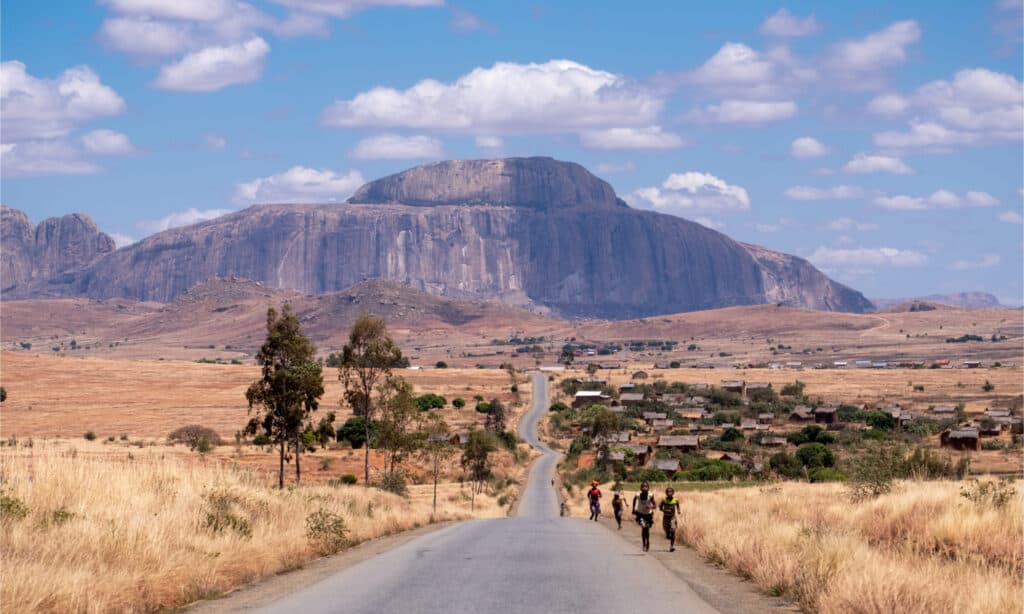
Vorombe titan was endemic to the island of Madagascar.
©Craig139/Shutterstock.com
Elephant birds went extinct around 1,000 years ago. They co-existed with humans in Madagascar for thousands of years, but eventually, human activities such as forest clearance and hunting caused their extinction. The fossil record indicates they were pushed back into remote areas to begin with, but in the end, they couldn’t survive human expansion activity.
This article from Quaternary Science Reviews suggests that the megaherbivores died out in Madagascar when humans transformed the landscape. In other words, humans destroyed their habitats.
When this huge bird became extinct, Madagascar’s ecosystem was dealt a blow it hasn’t recovered from. Large-bodied animals control the ecosystem, particularly ones that eat and disperse seeds through defecation. Vorombe titan helped make Madagascar a thriving environment filled with numerous species of plant life and animals. Without them, it’s a poorer place.
Is An Elephant Bird Real?
Yes, elephant birds were real!
The largest extinct bird, the vorombe titan, was one of three genera of elephant birds endemic to Madagascar. There were around ten species that are all referred to as elephant birds because they were so large.
Rumor has it that explorer Marco Polo coined the name. In 1298 he wrote about an eagle-like bird so huge it could ‘seize an elephant with its claws.’
Where Did Vorombe Titan Live?
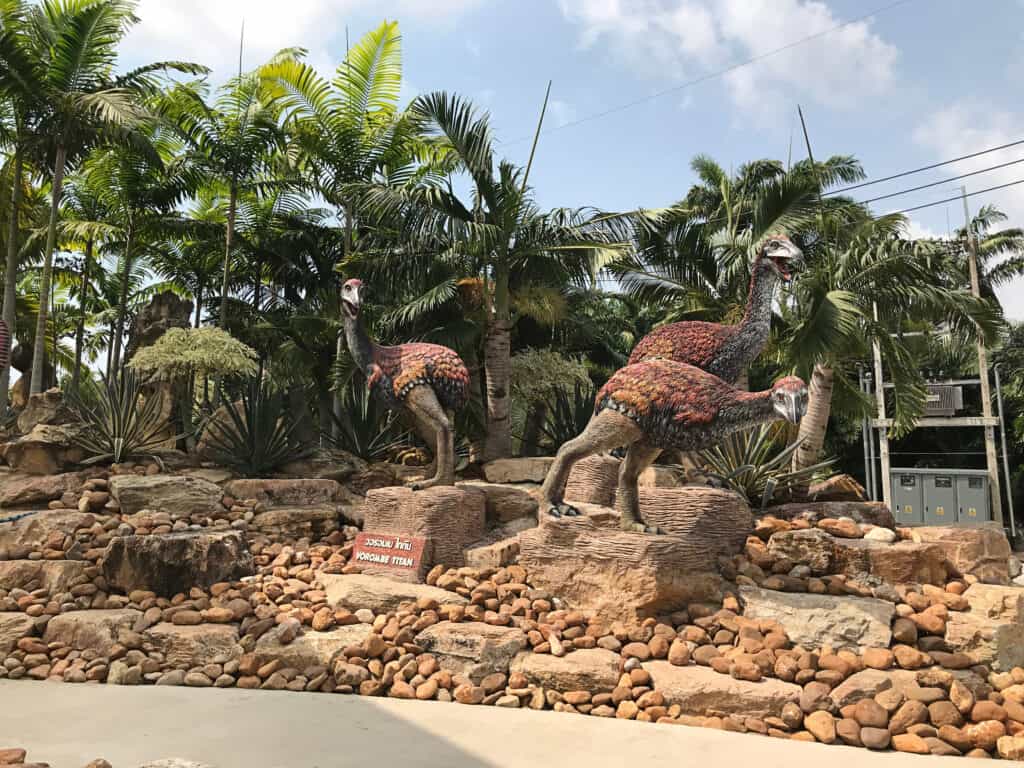
The name Vorombe means ‘big bird’ in Malagasy.
©Kendo Nice/Shutterstock.com
The vorombe titan lived in Madagascar and most likely preferred spiny forests, woodlands, grasslands, and sub-humid habitats containing its nut and seed diet. The other two elephant bird species lived there, alongside giant lemurs, giant tortoises, and dwarf hippos.
The name Vorombe means ‘big bird’ in Malagasy. The second part, ‘titan,’ refers to the huge ancient Greek titans that lived in stories before the Gods of Olympus defeated them.
Vorombe titan is an excellent choice of name!
Could Vorombe Titan Fly?
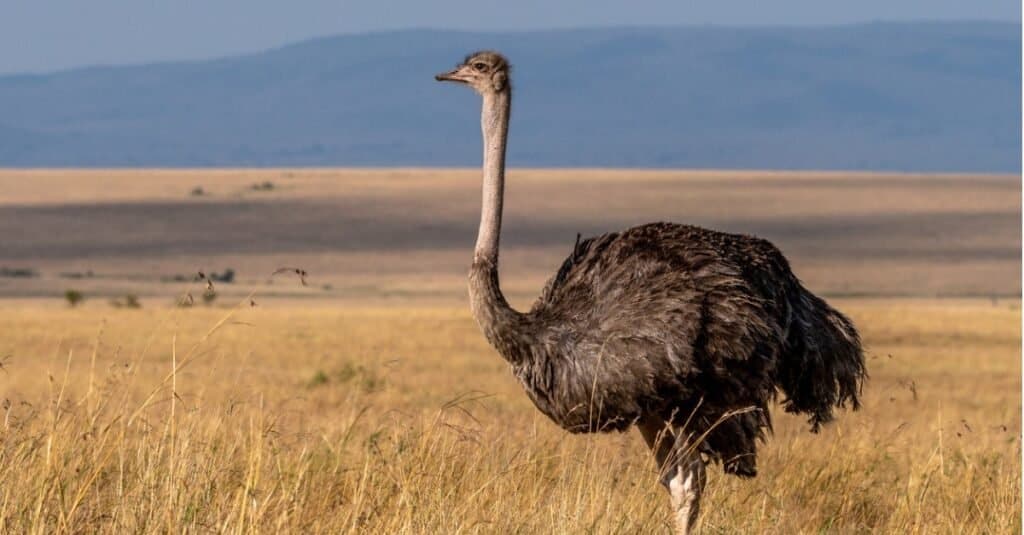
The vorombe titan was flightless like today’s ostrich
©NileshShah/Shutterstock.com
No, the vorombe titan could not fly. None of the elephant bird genera could.
They were ratites that lacked a keel in their breastbone, much like today’s ostriches and emus. A keel anchors flight wings to the sternum to enable flight. Scientists can see that elephant birds could not fly from the fossil record.
Besides this, they were much too heavy. They most likely lost the ability to fly as they adapted to the environment over thousands of years.
Instead of flying, the vorombe titan had enormously powerful legs, a sharp beak, and large claws to defend itself against any predator brave enough to take it on – and there weren’t many until humans arrived.
What Did They Eat?
Paleontologists don’t know for sure but think they were herbivorous birds that ate seeds and nuts such as forest coconut palm.
Their closest living relatives are the New Zealand kiwis. Kiwis are omnivorous and eat worms, slugs, centipedes, insects, and plants. It’s possible vorombe titans were opportunists that did the same.
Did Vorombe Titan Have Any Predators?
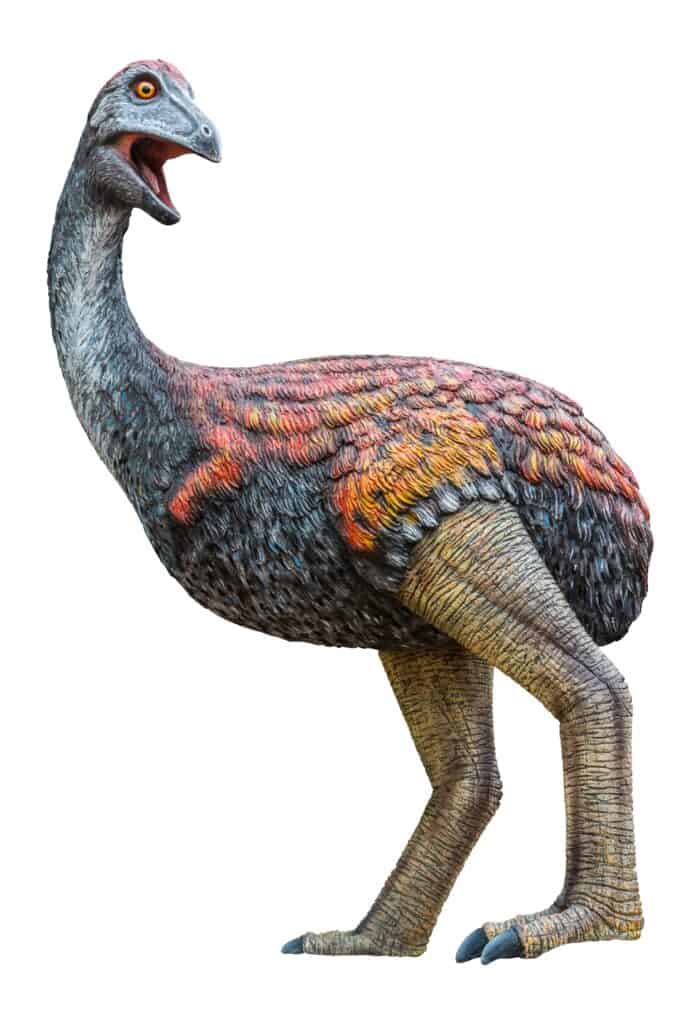
Before humans, The Malagasy crowned eagle and the giant fossa may have preyed on the Vorombe Titan.
©YuRi Photolife/Shutterstock.com
They had few predators until humans arrived in Madagascar. Humans destroyed their habitats, hunted them for meat and feathers, and ate their huge eggs.
Before humans, The Malagasy crowned eagle (Stephanoaetus mahery) may have preyed on them alongside the giant fossa (Cryptoprocta spelea), an extinct species of carnivore endemic to Madagascar.
What Did Vorombe Titan Chicks Look Like?
Vorombe titan laid the largest eggs ever known. They were up to 13 inches long and 10 inches wide, but paleontologists don’t know much about their chicks.
What Is The Largest Extinct Flying Bird?
Vorombe titan is the largest, heaviest bird to exist, but the largest extinct flying bird was Argentavis magnificens.
This monster bird lived 6 million years ago, had a wing span of 22 feet, and weighed 160 pounds. It was also called the Giant Teratorn and was endemic to Argentina in the Late Miocene era.
They flew by soaring and had hooked beaks. Small mammals were their main prey, but they probably scavenged carcasses much like today’s vultures.
Today, the largest flying bird is the great bustard, but it’s a featherweight compared to the giant teratorn. A great bustard’s wingspan reaches up to 8 feet, and they only weigh 13 to 40 pounds. That’s pretty small compared to Argentavis magnificens!
It’s important to discover the largest extinct bird because learning about its place in the ecosystem, and eventual fate at the hands of humans can deliver insights into conservationism.
Species extinction has far-reaching consequences. Whether it was 1000 years ago like Vorombe titan or today on remote islands and rainforests, birds face extinction. The main reason is human interaction, and forest clearance and hunting can have devastating effects that can’t be reversed.
The photo featured at the top of this post is © Kendo Nice/Shutterstock.com
Thank you for reading! Have some feedback for us? Contact the AZ Animals editorial team.






